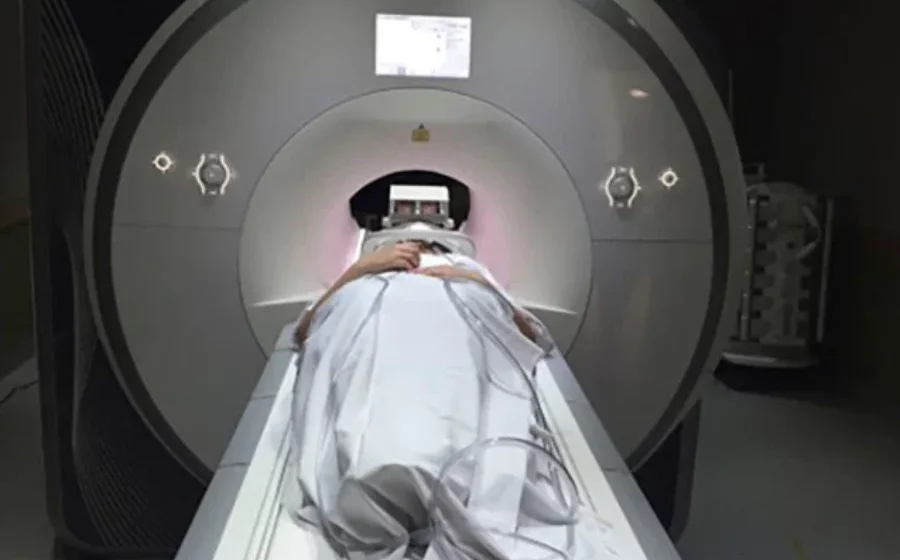Queensland scientists are closely monitoring long-COVID patients to see if recent breakthroughs in understanding myalgic encephalomyelitis/chronic fatigue syndrome (ME/CFS) could help diagnose and treat ongoing symptoms.
According to infectious diseases and immunology researcher, Sonya Marshall-Gradisnik, there appeared to be a correlation between the illnesses.
“The symptom overlap between ME/CFS and long-COVID is quite astounding,” Professor Marshall-Gradisnik said.
“Those symptoms can be fatigue, they have pain, joint pain, sleep disturbances, headaches, they have cardiac changes.
“Notably, they’ve got brain fog and cognitive issues with memory, [and] word choice becomes a problem.
“They have a light sensitivity, their eyes are highly sensitive, and they really show characteristics of flu-like presentation long after having COVID-19.”
Griffith University’s Menzies Health Institute Queensland and The National Centre for Neuroimmunology and Emerging Diseases has been studying ME/CFS patients for the past four years.
Their findings have identified faulty calcium ion channels, known as transient receptor potential ion channels, which can affect major organs and muscles throughout the body.
“They are threat receptors, and they respond to viruses, bacteria, vibration, like exercising and driving because the body perceives these as threats,” Professor Marshall-Gradisnik said.
“The receptors are like a stop and go man.
“In a healthy person, when it perceives the threat, these receptors activate and open and say ‘go’.
“But in ME/CFS patients, this stop-go receptor only partially activates, so there’s less calcium coming inside the cell.
“And we can categorically show that in real-time on cells.
“We’re now looking at long-COVID to see if we see the same type of behaviour of these stop-go receptors to see if there’s some commonality between the two.”
Without a definition can there be treatment?
Two years on from the start of the pandemic, there is still no medically accepted definition of long-COVID in Australia.
A virologist at the Institute of Glycomics, Associate Professor Lara Herrero, said the first hurdle was public awareness that these symptoms were real.
“There’s a lot of conversation around whether or not this is a real thing or whether this is just a figment of imagination for those people who are suffering from these symptoms,” Dr Herrero said.
There are also vastly different estimates of how many people go on to experience long-COVID symptoms — some Australian research suggests as few as 5 per cent while other peer-reviewed overseas studies have put it as high as 57 per cent.
Professor Marshall-Gradisnik believed it was about 40 per cent but said the lack of a diagnostic test was contributing to the uncertainty.
For Dr Herrero the research is personal, after suffering for several years with Ross River virus more than a decade ago.
She said, at that time, the limited case numbers restricted the research into the virus and other post-viral syndromes.
“One of the silver linings, if you can even say there’s a silver lining of this horrific pandemic, is that because we have high case numbers, we do have more power in these studies now,” she said.
“More patients are putting their hand up and saying, ‘Hey, I’m suffering. I’ll help science, I’ll volunteer’.”
South-east Queenslanders interested in participating in the research can email ncned@griffith.edu.au



